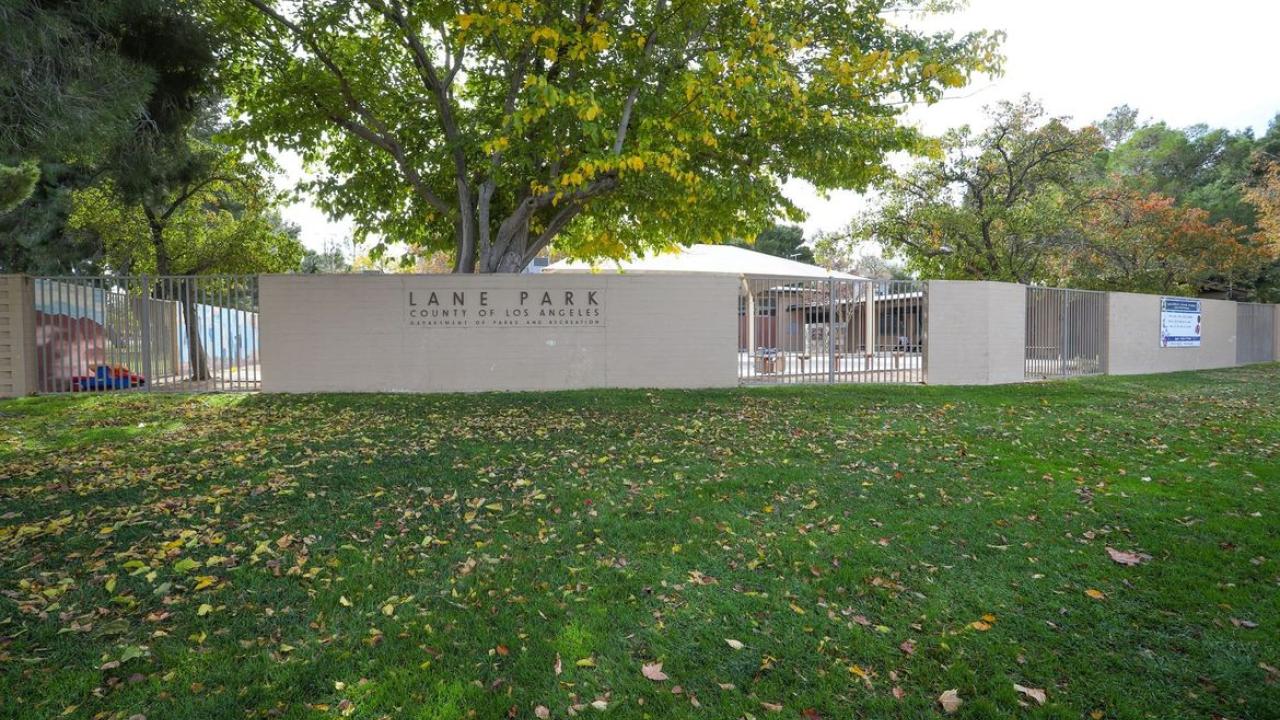With climate change making heat waves longer and more severe, Los Angeles County has for several years provided cooling centers — many of which are in libraries, parks or other public properties — where people can escape the danger. In addition to these official cooling centers, locations such as shopping malls and markets also are used as informal cooling centers during extreme heat. But very little information exists on how such facilities are used.
A new UCLA study published online in the journal Applied Geography uses smartphone data to examine for the first time how formal and informal cooling centers are being used in Los Angeles County. Researchers found that overall, about 20% of the population uses cooling centers. On afternoons of days where temperatures reached 95 degrees Fahrenheit, visitors to both kinds of cooling centers stayed longer, an indication that the facilities are being used to escape heat.
Far more people (90%) used 610 shopping malls and other informal cooling centers in the study rather than county cooling centers (10%), and those who used the informal facilities tended to travel longer distances to get there than those who used the official venues. But that’s not to say official cooling centers aren’t important, said Travis Longcore, the study’s senior author, and an adjunct professor at the UCLA Institute of the Environment and Sustainability.
“People who are unhoused or not spending money might get kicked out of an informal cooling center like a shopping mall or coffee shop, for example,” Longcore said. “And there are fewer businesses and public facilities that people can use as cooling centers in areas that have the highest social vulnerability.”
Sahar Derakhshan, a UCLA postdoctoral researcher, is lead author of the paper, which began with research that was conceived by environmental science students for a UCLA senior practicum in 2018. That group of students drafted the paper and the original computer code to analyze the smartphone data.
The study is part of a broader UCLA initiative called Heat Resilient L.A., which brings together 10 professors in public policy, law, engineering and other fields seeking to address the rapid increase in the number of extreme heat days in Los Angeles County. The team was formed and competed in the UCLA Sustainable Grand Challenge 2020 Sandpit Competition, winning the $1 million prize to further its research.
Read more at UCLA Newsroom.
Image Source: Courtesy of Los Angeles County Parks & Recreation





